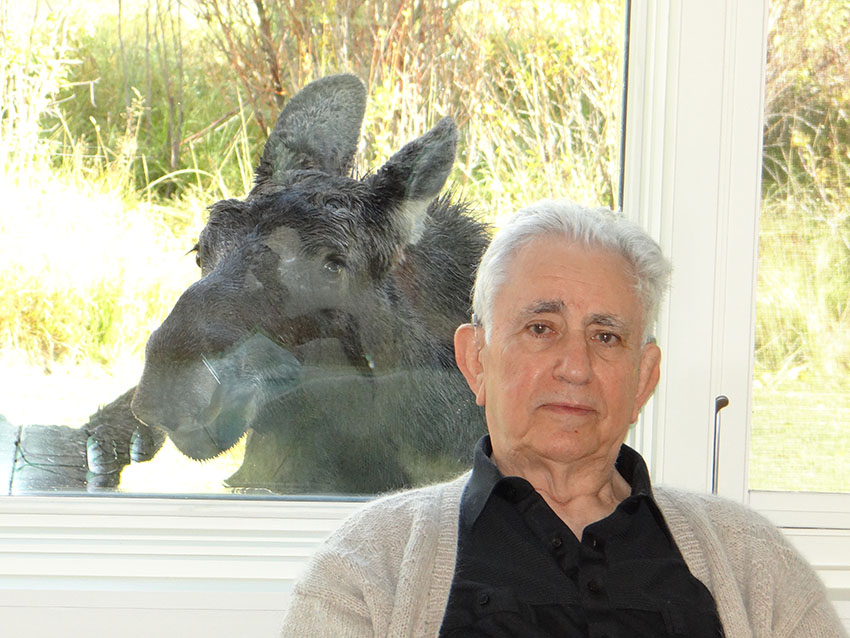The Food and Drug Administration recently approved a glucose-monitoring device called FreeStyle Libre Pro, co-invented by UT chemical engineering professor emeritus Adam Heller, for treating hospitalized diabetic patients in the U.S.
FreeStyle Libre Pro monitors glucose levels continuously without requiring blood samples. It is a successor to FreeStyle Libre, which is not yet available in the U.S.
For diabetics, who comprise over 9 percent of Americans, monitoring glucose levels is vital. A log of the results can help physicians oversee patients’ responses to treatment. Diabetics are at particularly high risk of being admitted to the hospital, and physicians need methods for accurately and continuously monitoring their glucose levels.
With FreeStyle Libre Pro, a small disposable sensor is attached to the back of the patient’s arm by a physician, and a filament is inserted just below the skin. Data on glucose levels are collected continuously for up to 14 days.
Afterwards, the patient’s physician can scan the skin patch with a cell phone-like device to read the results.
“When you swipe the [device] over the patch, you get the instantaneous glucose reading. You get an image showing the glucose concentration over a time period,” Heller said.
In 2000, Heller co-created the device’s predecessor, FreeStyle, which was the first painless glucose-monitoring device for diabetics. It uses very small blood samples — a volume less than an eighth of that taken by a mosquito.
“In Europe, people are using FreeStyle Libre widely, replacing the old method of taking blood samples using sticks,” Heller said. “They measure glucose concentration continuously for two weeks.”
FreeStyle Libre Pro improves on the original version by being completely bloodless and is meant primarily for use in a clinical setting. There are more than 200 issued patents for FreeStyle Libre Pro.
At a cost of $60 for a sensor and $65 for a reader, FreeStyle Libre Pro is significantly cheaper than current continuous glucose-monitoring devices, which can cost over $1000, said Steve Scott, divisional vice president of research and development of technical operations at Abbott. It is also priced to be competitive with traditional testing strips and periodic blood testing.
When Heller first arrived at UT in 1988, his laboratory developed the electrical wiring of enzymes, which would later be the basis for the technology behind FreeStyle devices.
“We learned how to see the rate of a biochemical reaction as an electrical signal, and we were able to observe the reaction of glucose on an electrode as an electrical current,” Heller said.
Heller and his son, Ephraim Heller, first created FreeStyle products through their venture TheraSense. Abbott Diabetes Care, Inc. acquired TheraSense and FreeStyle products for $1.2 billion in 2004 and have since developed other FreeStyle devices.
“My colleagues and I are holding our breath for the release of FreeStyle Libre Pro to the general population of diabetic people who will be able to replace the blood testing strips, some of which they use five times a day,” Heller said. “I think that we are all motivated by trying to do some good for people.”
This article has been updated since its initial publication.















